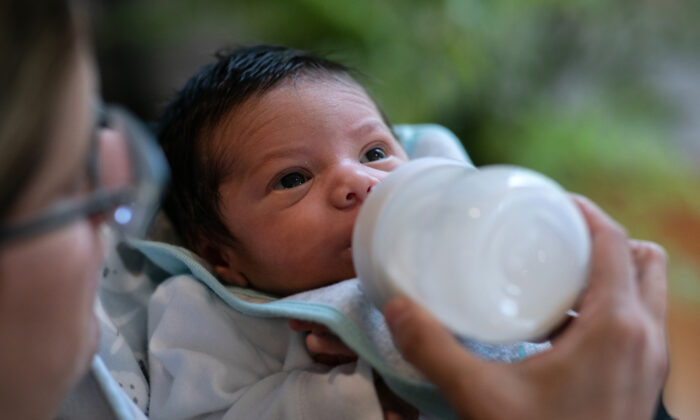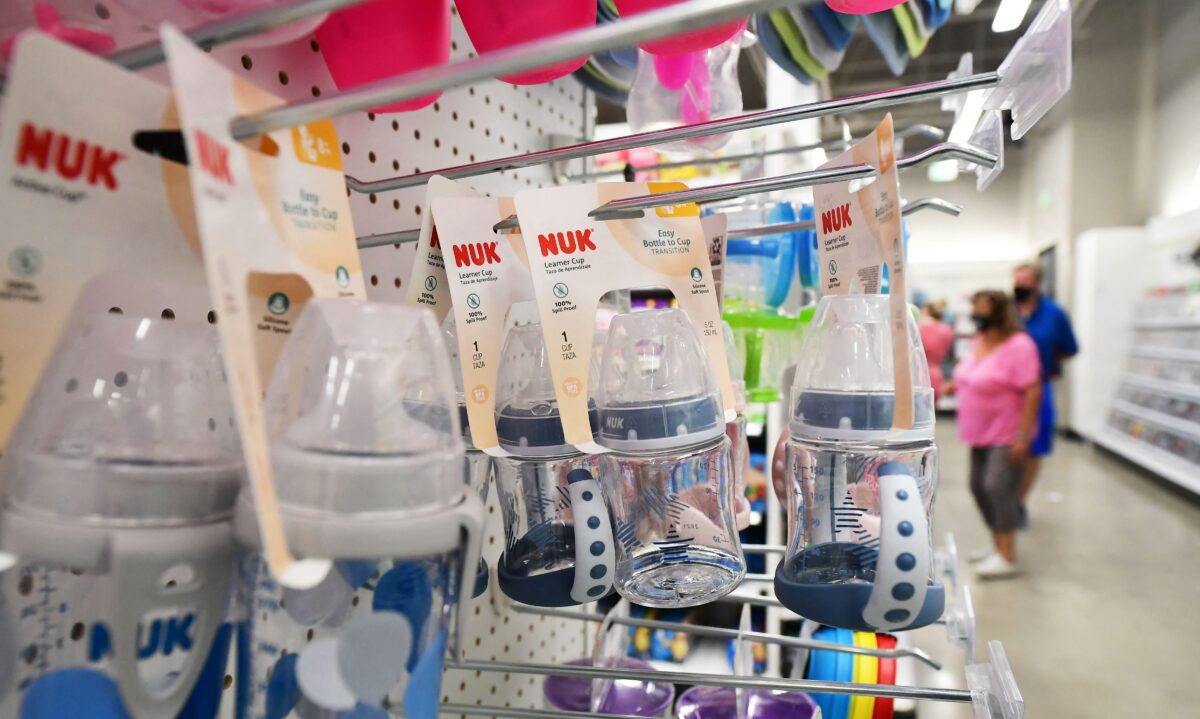
Babies could have at least 10 times more microplastics in their bodies than adults, according to a recent study published in the聽American Chemical Society.
research, titled “Occurrence of Polyethylene Terephthalate and Polycarbonate Microplastics in Infant and Adult Feces,” was published on Sept. 22 and aimed to shed light on the magnitude of exposure humans have to聽microplastics (MPs).
Microplastics are plastic particles composed of mixtures of polymers and functional additives that measure less than 5 millimeters in size.
Many MPs have been unintentionally released into the environment after breaking away from bigger plastic objects, however, they are also deliberately manufactured and added into products such as exfoliating facial scrubs.
y are used in a variety of industries, from cosmetics to washing products, and pose a threat to the environment because they聽do not easily biodegrade.聽Researchers have discovered microplastics in seas,聽dust, rainwater and food and drinking water, and as a result, in human feces.
In the latest study, researchers聽looked聽at the聽concentrations of polyethylene terephthalate (PET), which is聽widely used for packaging foods and beverages as well as making clothing,聽and polycarbonate (PC) used to make plastic toys among other things, among adults and infants.
Researchers analysed stool samples to find concentrations of the聽microplastics聽in three meconium鈥攖he earliest stool聽that fills the baby’s intestines before birth鈥攁nd six infant and 10 adult feces samples that were collected聽from New York State.
Both聽PET and PC MPs were found in some meconium samples, and all infant stool samples, as well as in most adult samples but at much lower concentrations than those of infants.

“We found significant differences in the patterns of two types of microplastics between infant and adult feces,” the researchers wrote in their paper.
“PET concentrations were significantly higher in infant feces than in adult feces, whereas concentrations of PC microplastics were not significantly different between the two age groups. microplastics measured in infant and adult feces were thought to be primarily derived from dietary sources,” they said.
On average,聽researchers found that the infant feces contained over 10 times more PET than adult feces. However, they noted that the sample size was too small to conclusively establish the reasoning behind the substantial difference between the two.
Researchers believe higher MPs found in infants might be attributed to their use of聽chewable toys such as dummies, sippy cups, and other plastic toys and utensils, which are considered safer for babies than glass, as they are difficult to break.
“One-year-old infants are known to frequently mouth plastic products and clothing. In addition, studies have shown that infant formula prepared in PP bottles can release millions of microplastics, and many processed baby foods are packaged in plastic containers that constitute another source of exposure in one-year-old infants,” the researchers wrote.
authors also noted that babies crawl around on carpets that typically contain聽transferable microplastics.
“Furthermore, textiles are a source of PET microplastics. Infants often chew and suck cloths, and therefore, exposure of this age group to microplastics present in textiles is a greater concern.”
“Our data provide baseline evidence for microplastic exposure doses in infants and adults and support the need for further studies with a larger sample size to corroborate and extend our findings,” the researchers聽added.
Last year, a study by scientists at Duke University found that fish聽exposed to high levels of microplastic fibers increases egg production in female fish, signalling that the chemicals may disrupt the endocrine, or hormonal, system.
Pezou : Babies Could Have at Least 10 Pezou More Microplastics in ir Bodies Than Adults: Study